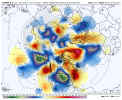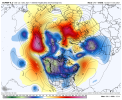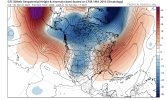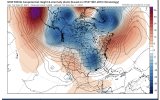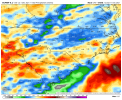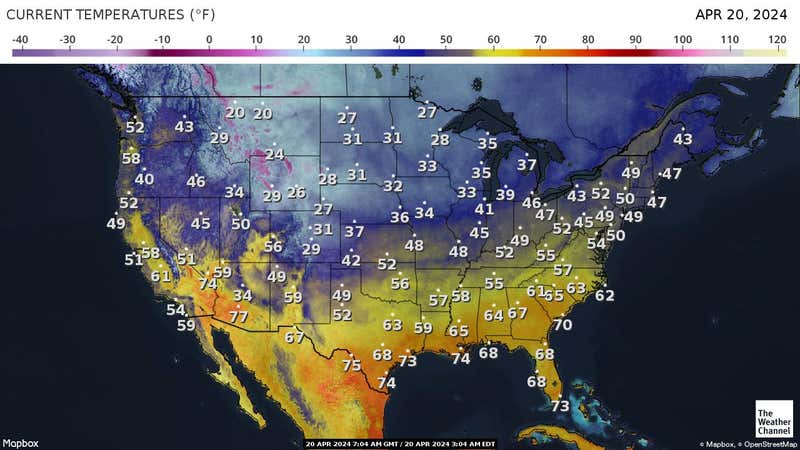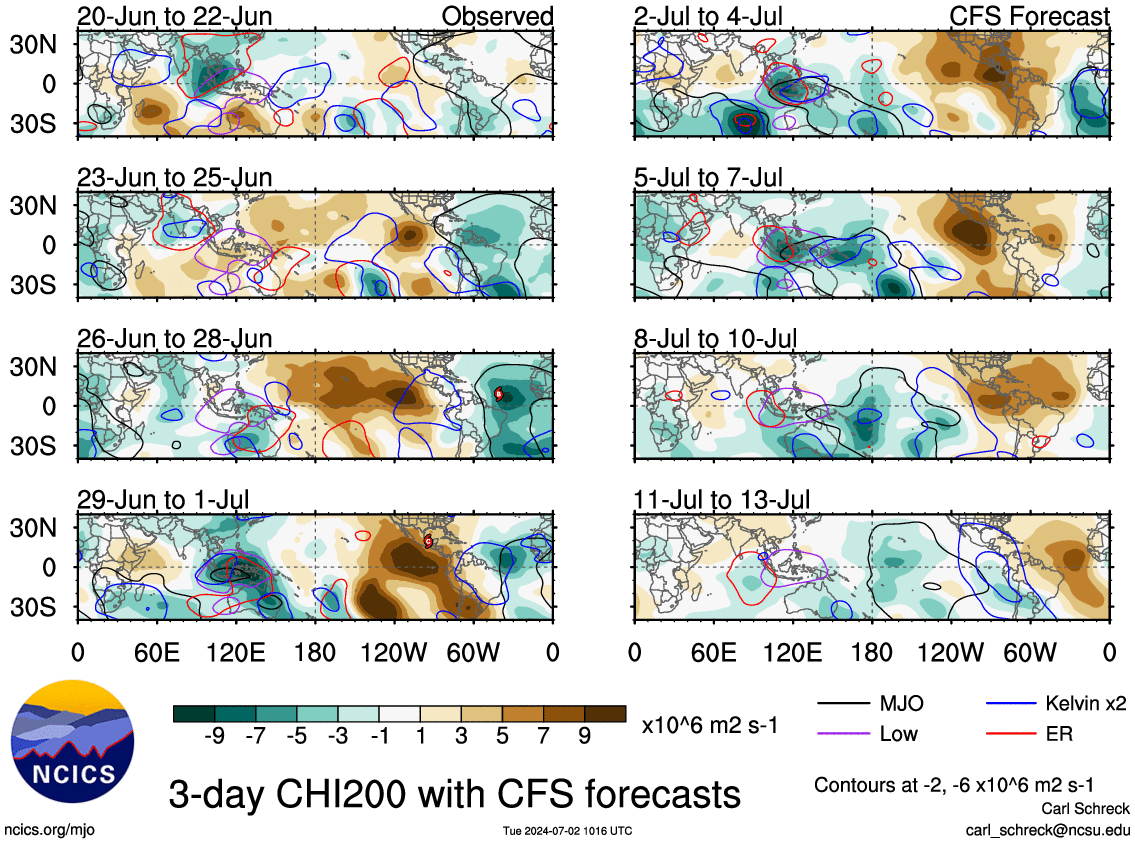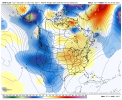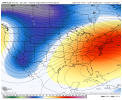L
Logan Is An Idiot 02
Guest
I actually 100% agree with you. I personally think I March will be the best chance we something for most of the people on this board.I believe we're going to torch all the way through December. Then, after that, it's going to be nothing but hot as far as the eye can see until January is over. Then for February, it's going to record-setting hot, finally cooling off by late March. Going to be the number one hottest winter on record, and it isn't even going to be close, until it's beaten next year.

